I think the first time I used a car simulator that felt half-realistic was at McLaren, when it was developing the MP4-12C, in 2011.
McLaren had two at the time. One was pounding virtual Formula 1 race tracks but the other had also been set up so it could aid development of McLaren’s road car.
Back then, using a simulator was still a novelty for a lot of car makers. Today, hardly any would be without one. Or two. Or more. They save time, they save money and, fundamentally, they make race and road cars better. Or at least they should do.

In 2011, Chris Goodwin was McLaren’s chief test driver and oversaw what the simulator was doing. Now he’s doing a similar role for the development of the Aston Martin Valkyrie. The McLaren simulator’s physics software was good. In F1, the differences between simulated laps and what happened when the car got to a circuit was within a tenth of a second. “What happens in here is exactly the same as what happens in the real car,” Goodwin told us at the time.
But the way the simulator told the driver what was going on was quite different from the sensation of a real car. “Once you’ve learned what each movement and feedback means, you start to get it,” Goodwin said.
I sense that, in the simulated world, much of the eight years since have been spent reducing the difference. The key to a great ‘driver in the loop’ (as in, a person is using it) simulation is that it feels like the real thing. And while the physics get more accurate still, and more advanced software lets engineers model ever more factors, the best sims are ones that make you feel like you’re actually there.
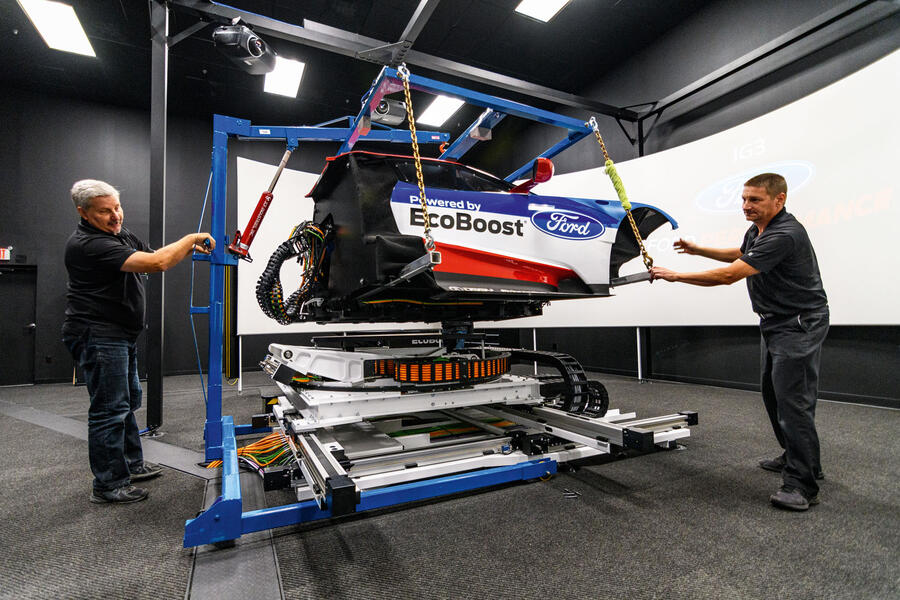


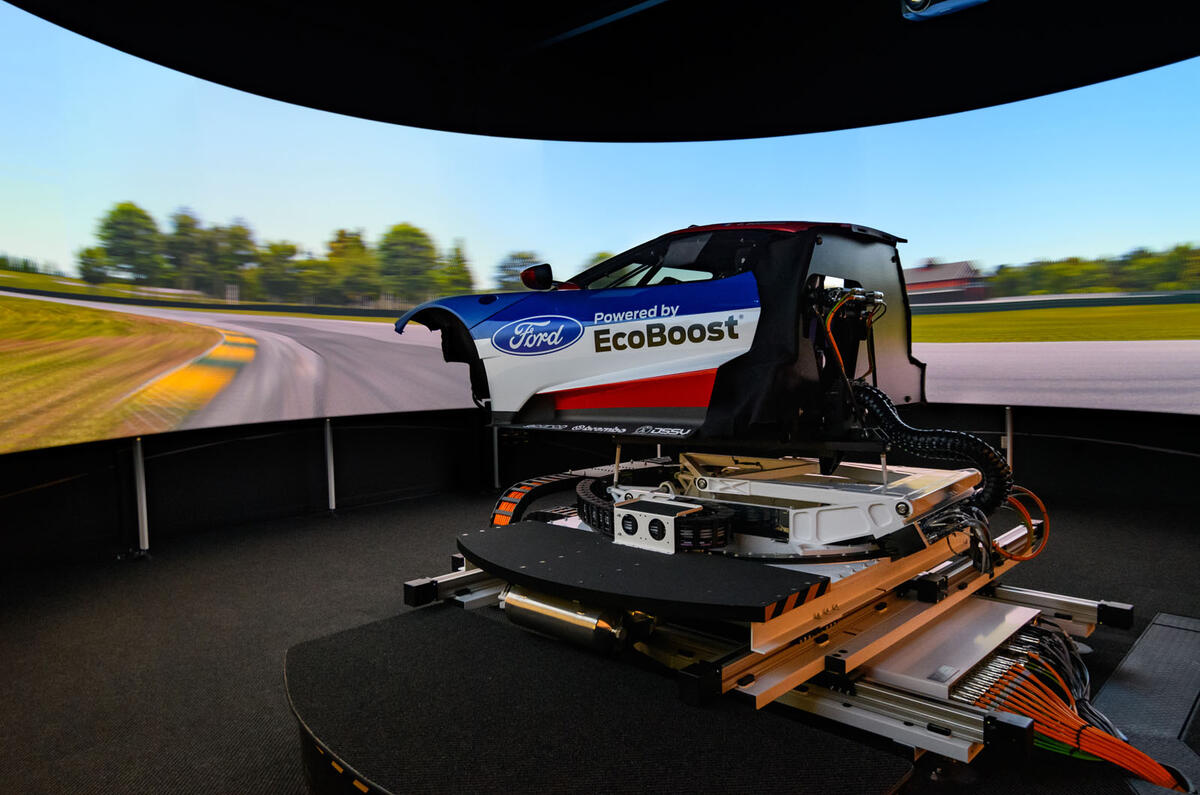
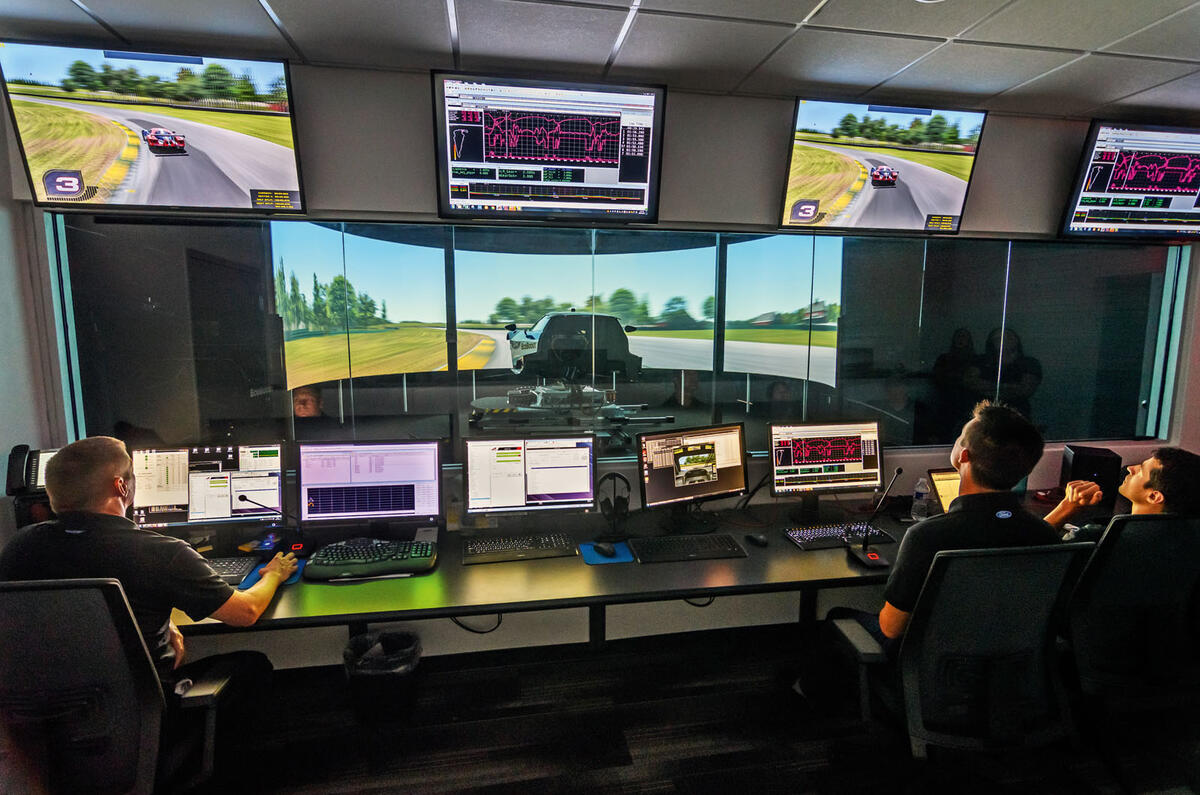
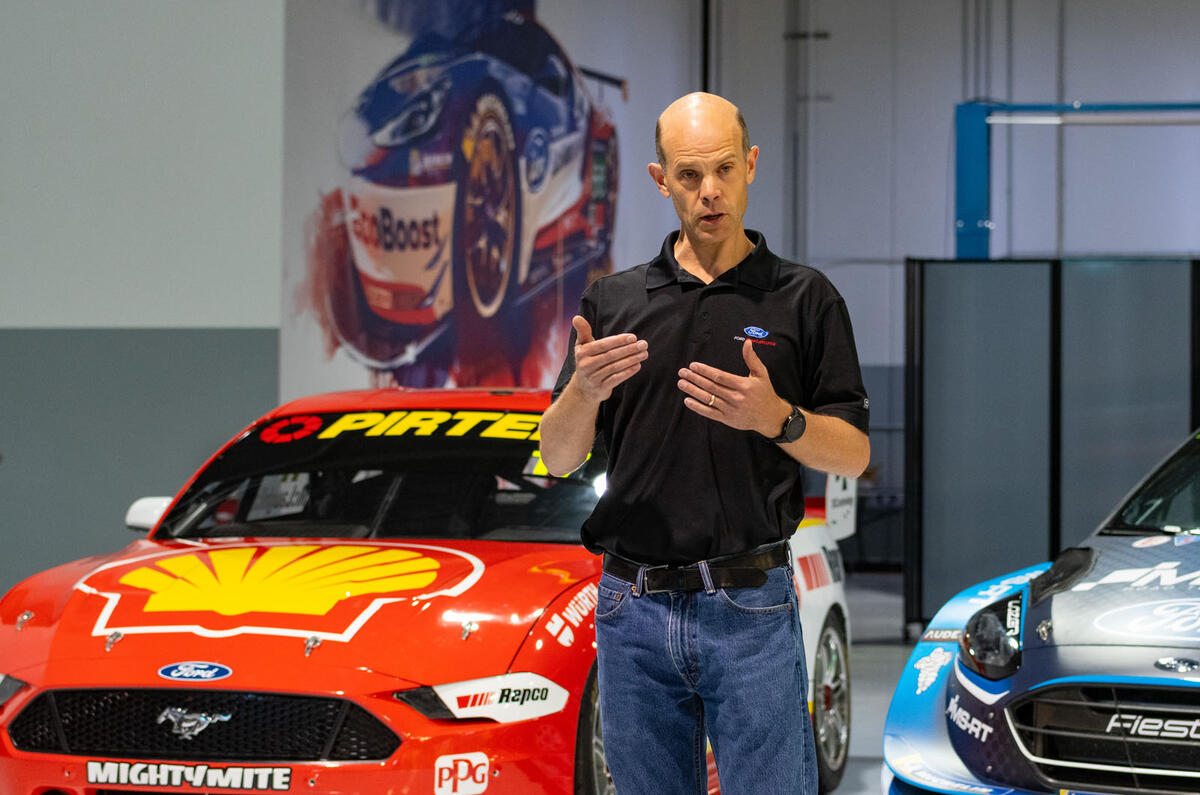
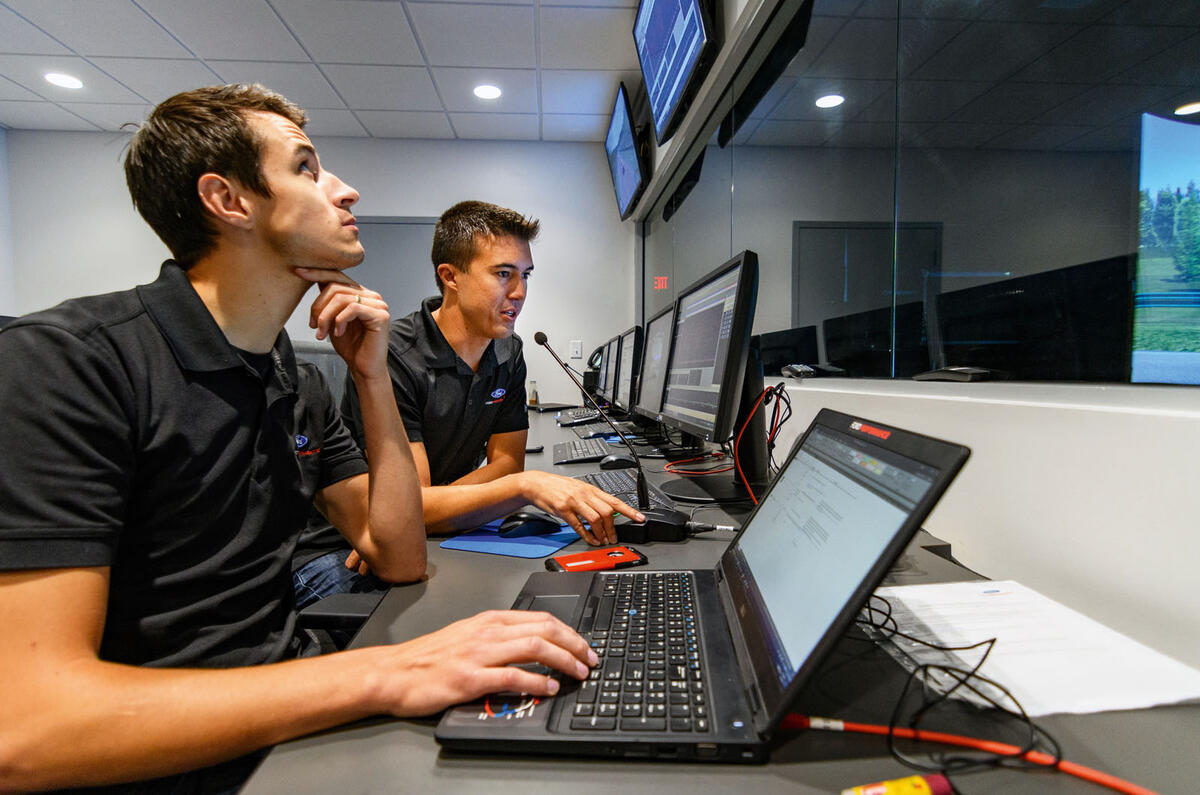
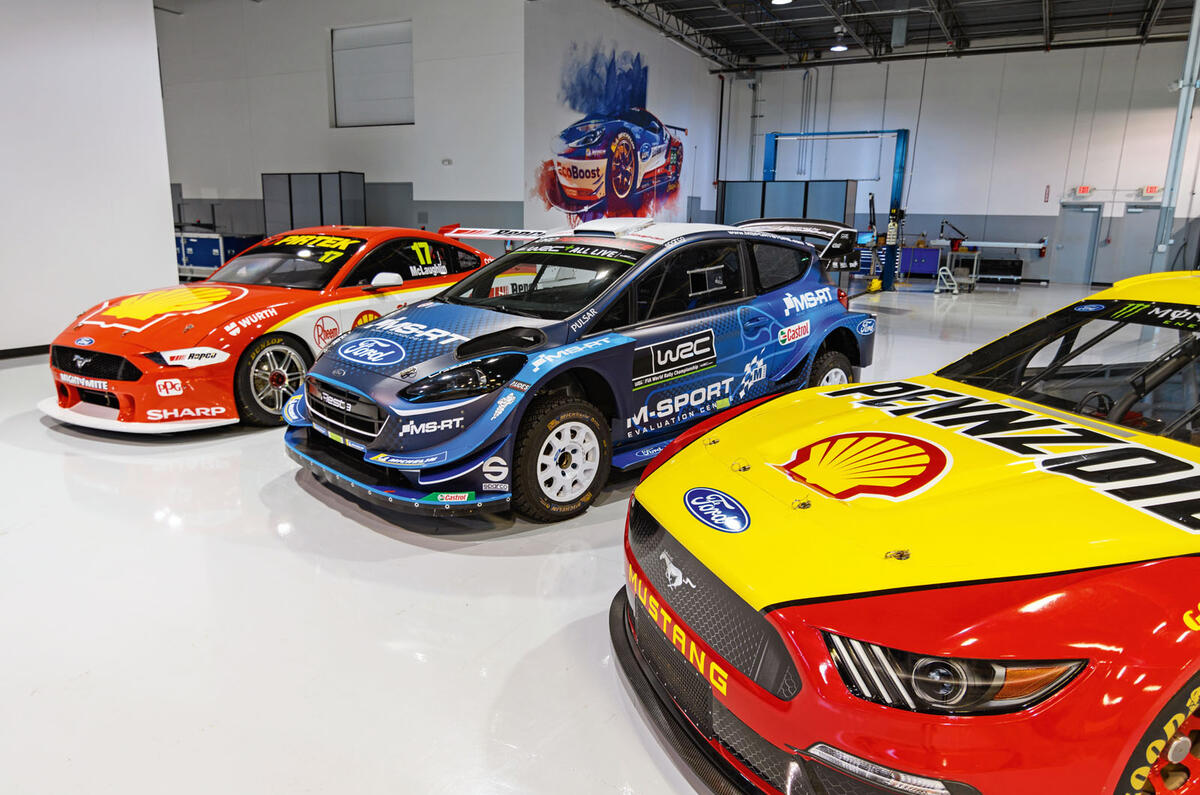
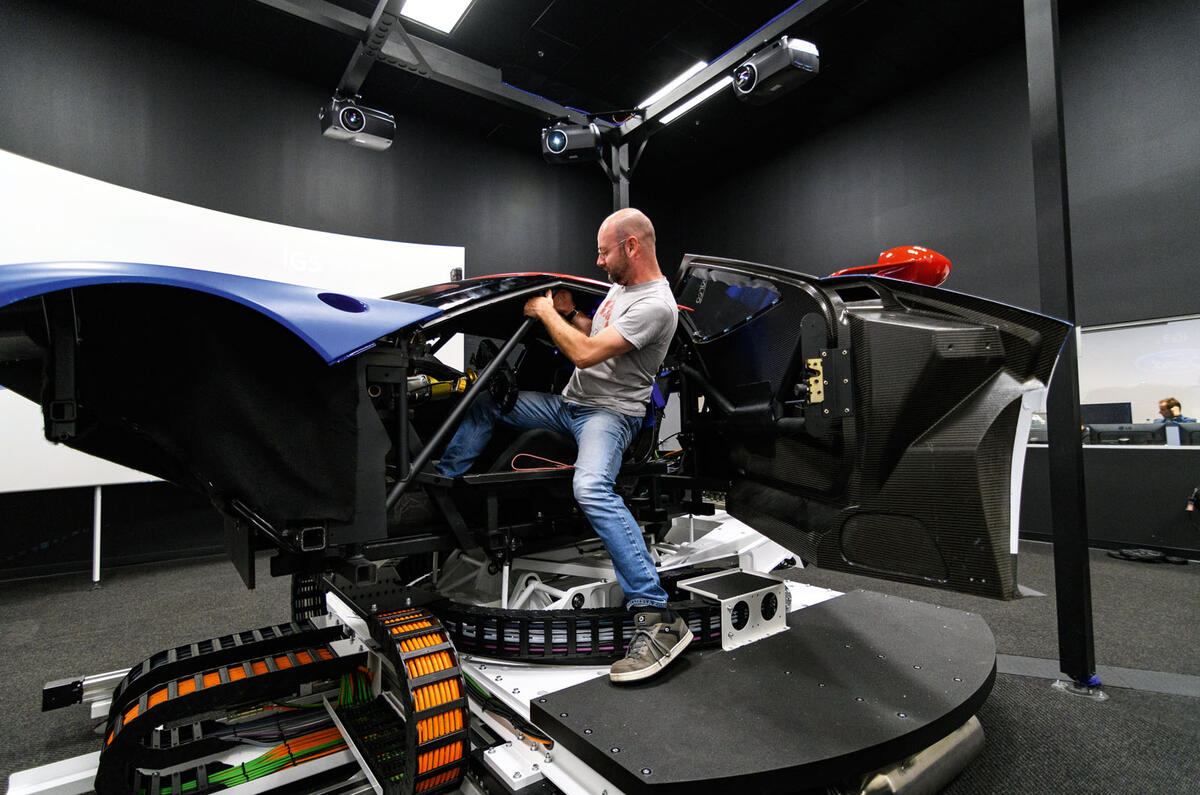

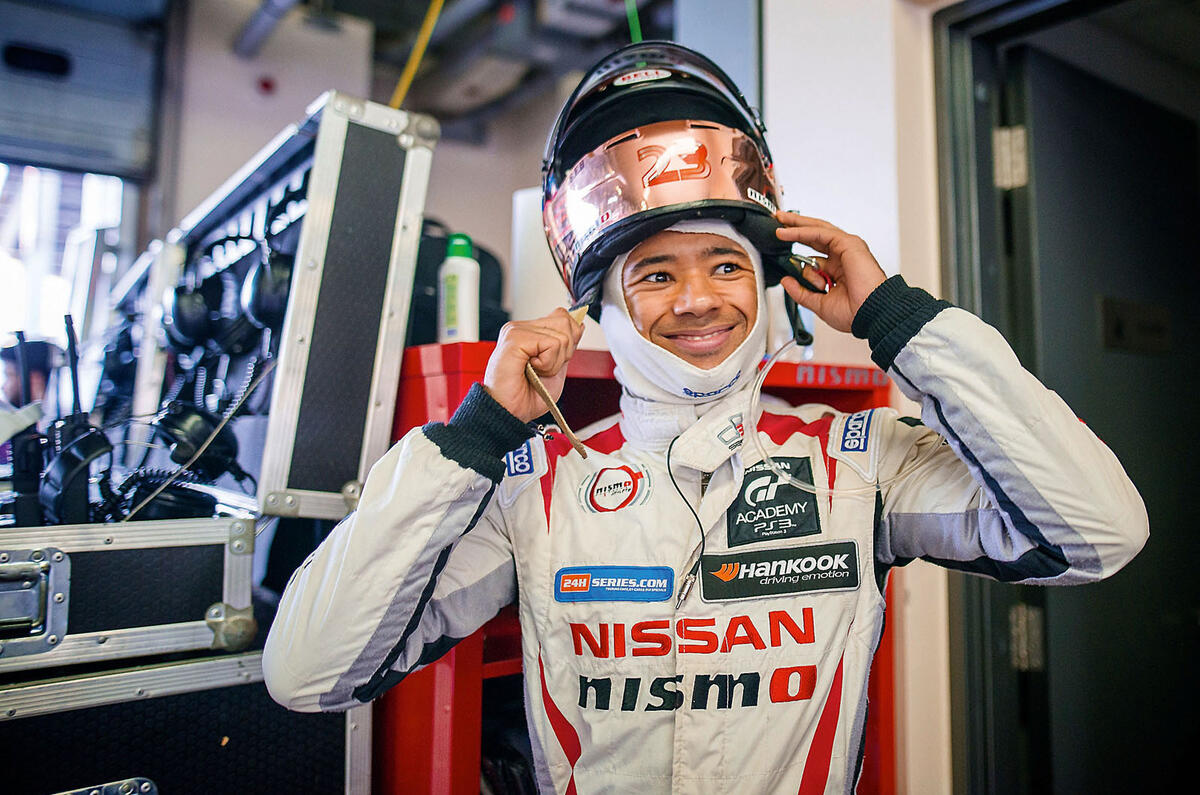
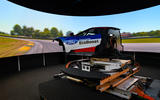








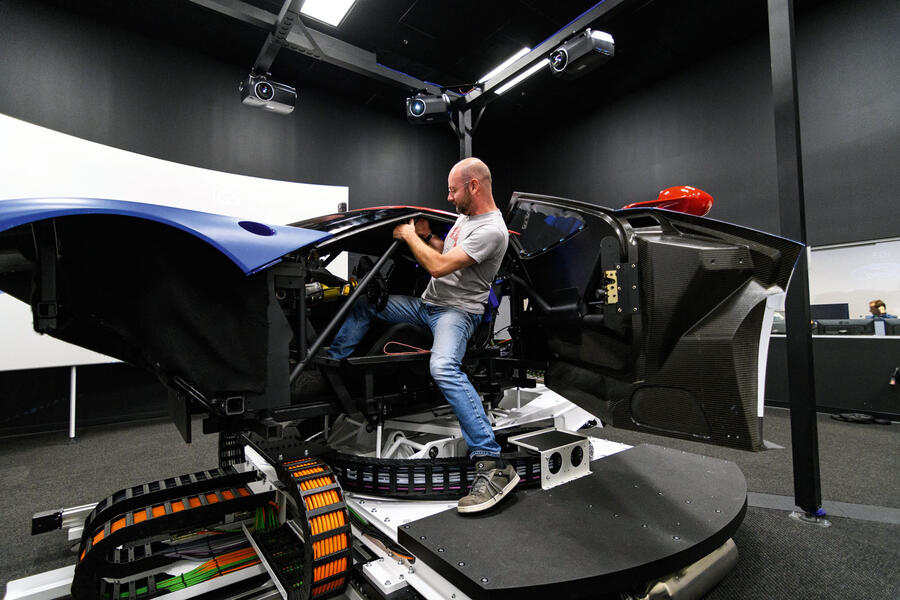
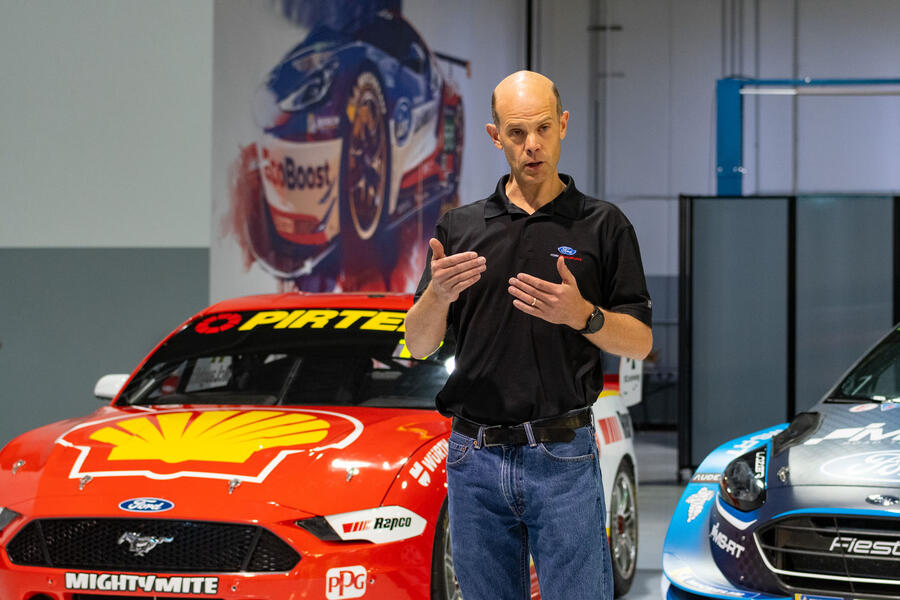
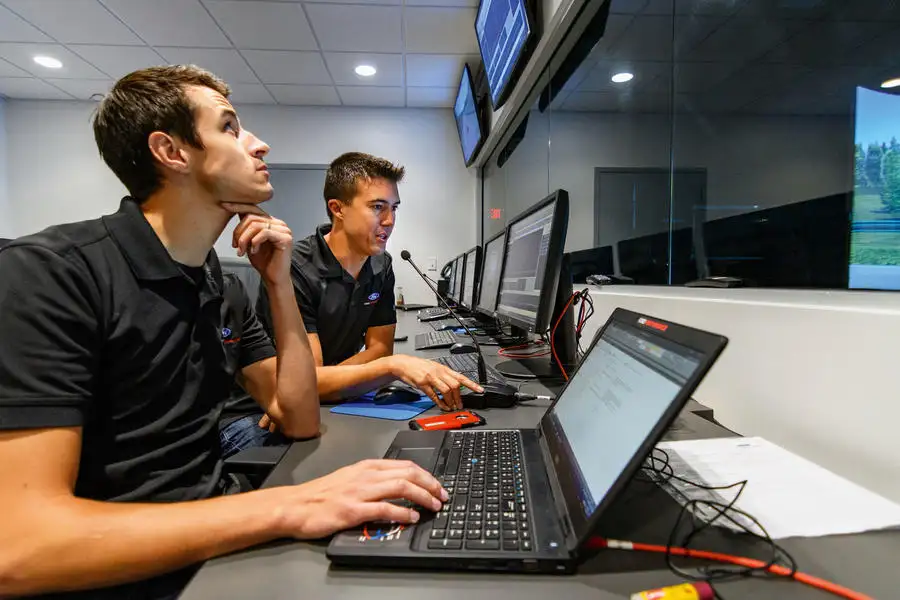
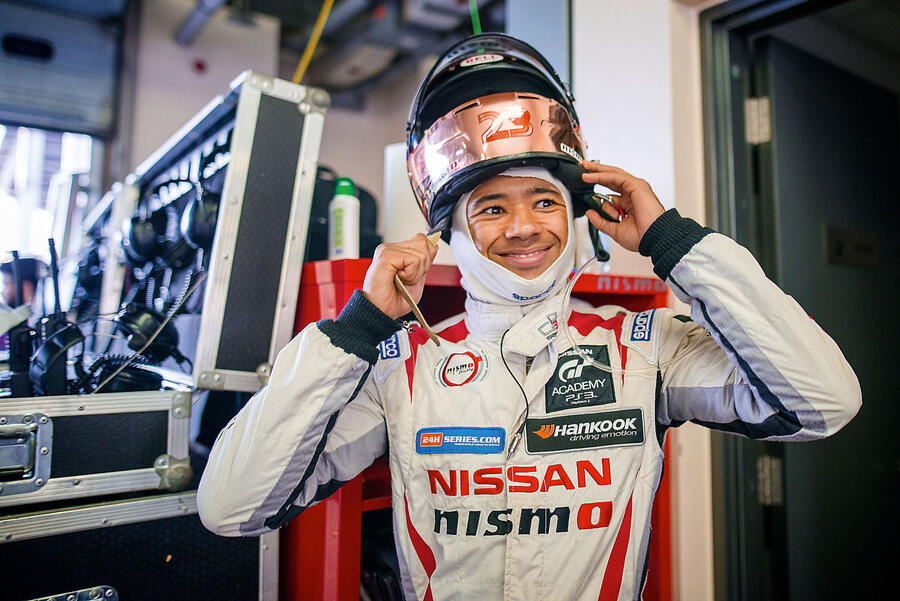





Add your comment